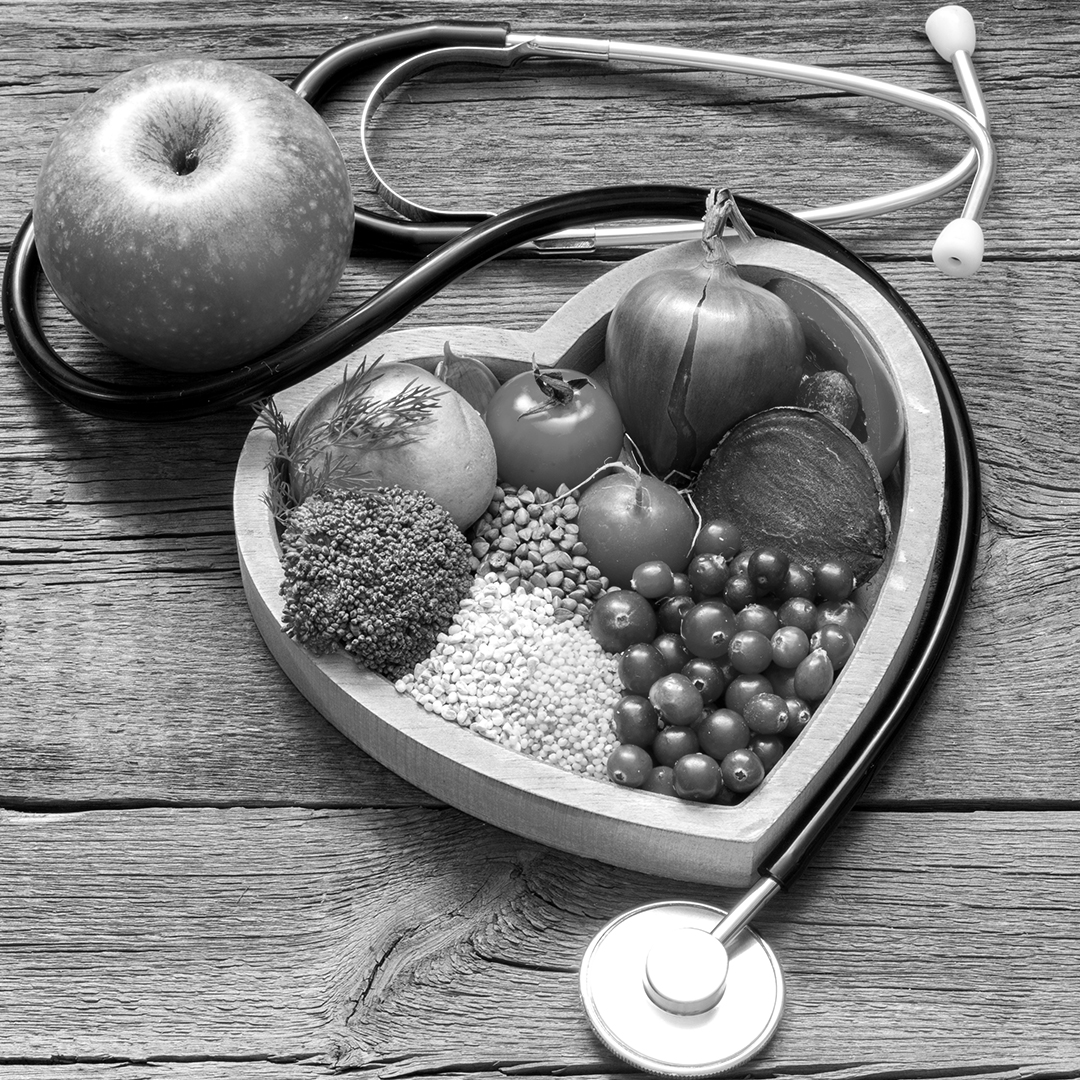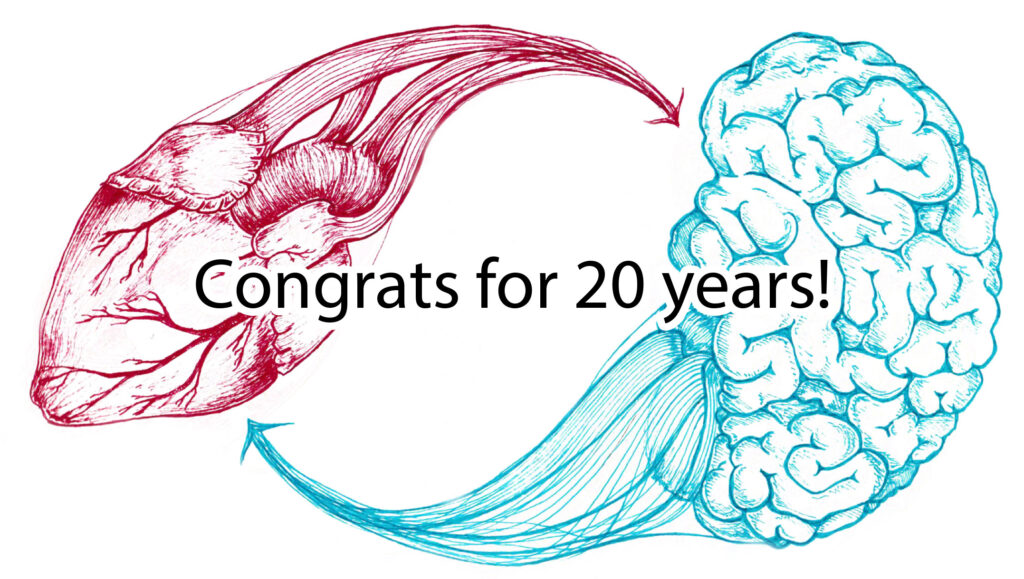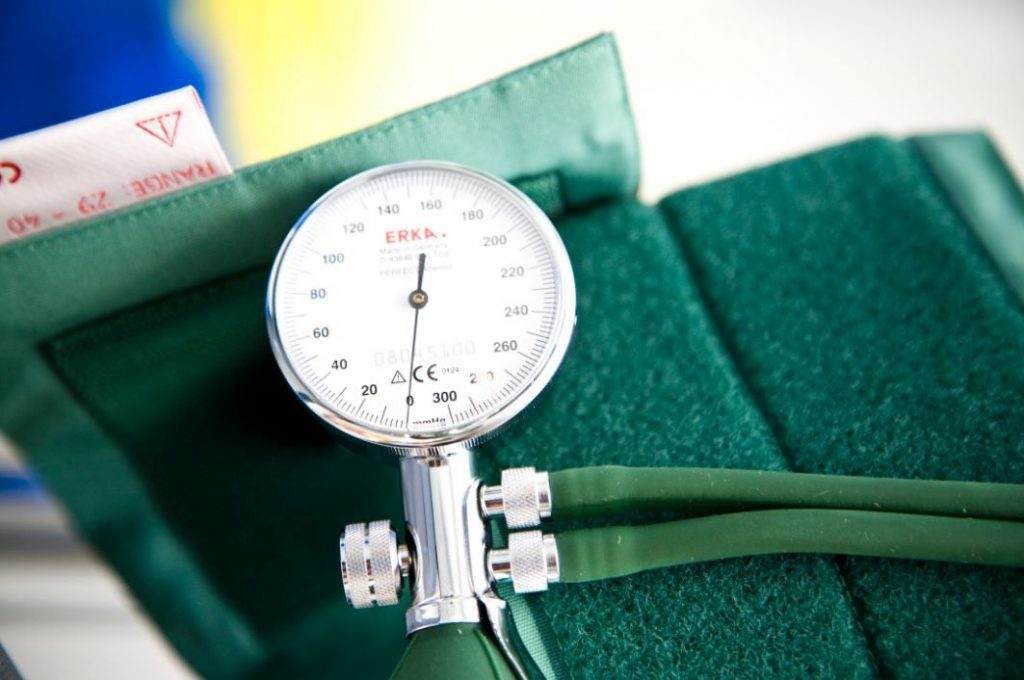
cardiovascular research unit
Activities
The Cardiovascular Research Unit aims to better understand the role of RNAs in heart and brain diseases. Our goal is to develop RNA-based biomarkers and therapeutic approaches to personalise health care. Our current focus is on heart failure, cardiac arrest and Parkinson’s disease.
MICRA is a very promising biomarker candidate due to its stability in the blood allowing a quantification in blood samples.
Yvan Devaux, PhD, Head of the Cardiovascular Research Unit (CVRU)
Our ongoing Research Projects address two major areas.
Biomarkers
Using high-throughput transcriptomics tools, the team seeks to develop RNA-based diagnostic and prognostic biomarkers for cardiovascular and brain diseases. Research projects focus on non-coding RNAs: microRNAs, long non-coding RNAs, and circular RNAs.
Therapeutics
By focusing on the mechanisms by which RNAs regulate the development of diseases, the group aims to facilitate drug discovery.
Strategic goals
- Address the main causes of mortality and morbidity in developed countries: heart and brain diseases
- Fulfil unmet medical needs: lack of diagnostic tools and drugs for personalised healthcare
- Develop networks of international collaborators
- Collaborate with private partners to bring research products to clinical application
- Perform translational research to push forward personalised medicine.
A pan-European collaborative network
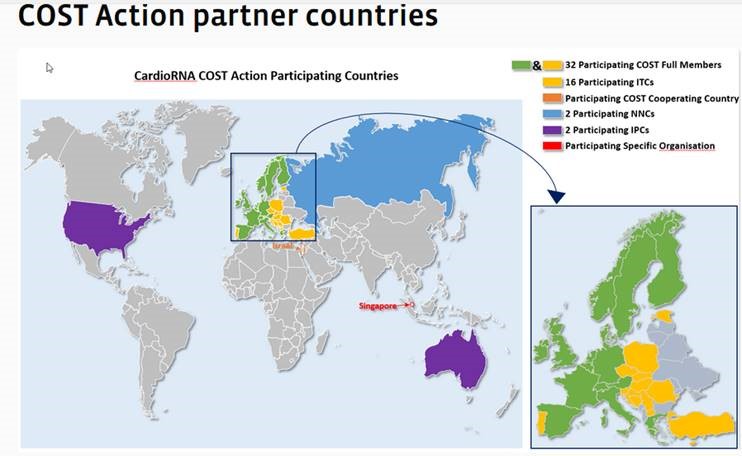
CardioRNA COST Action CA17129 is a pan-European collaborative network of multidisciplinary researchers, clinicians and industrial partners which aims to accelerate the understanding of transcriptomics in cardiovascular disease (CVD) and to further translate experimental data into applications that can be used to improve personalised medicine in this field.
Opportunities for collaboration between stakeholders
CardioRNA aims to provide opportunities for collaboration between stakeholders from complementary backgrounds, enabling the functions of different RNAs and their interactions in the cardiovascular context to be deciphered more quickly and translated into clinical applications. This Action will result in grant proposals aimed at better understanding the role of the transcriptome in cardiovascular disease and translating the results into clinical applications, thereby promoting personalised medicine and addressing a current public health challenge.
COST Action partner countries
The group also coordinates the H2020 COVIRNA project which aims to develop RNA-based prognostic tools for COVID-19 patients (www.covirna.eu).
The group is partner of IMI2 CARDIATEAM project (www.cardiateam.eu) and EU-Cardioprotection COST Action CA16225 (www.cardioprotection.eu).
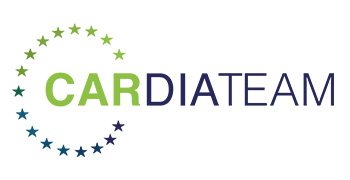

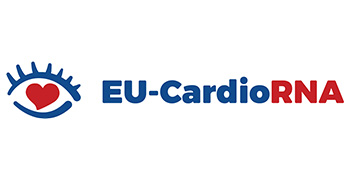
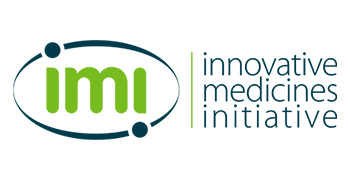
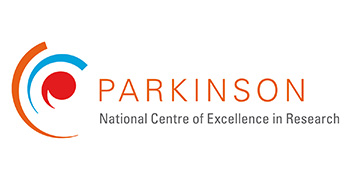

Devaux

Projects & clinical trials
Featured team members
Scientific publications
-
IMMUnity Unveiled – 23/01/2025
-
Circulating levels of miR-20b-5p are associated with survival in cardiogenic shock – 17/01/2025
-
Circular RNA regulatory role in pathological cardiac remodelling – 01/01/2024
-
EDITORIAL for BJP themed issue “noncoding RNA therapeutics” – 21/11/2024
-
Targeting noncoding RNAs to treat atherosclerosis – 08/05/2024
-
Association of LEF1-AS1 with cardiovascular and neurological complications of COVID-19 – 22/12/2024
-
Navigating the path of reproducibility in microRNA-based biomarker research with ring trials – 01/01/2024
-
Blood CD45
+/CD3
+ lymphocyte-released extracellular vesicles and mortality in hospitalized patients with coronavirus disease 2019. – 01/01/2024
-
Increased [18F]FDG uptake in the infarcted myocardial area displayed by combined PET/CMR correlates with snRNA-seq-detected inflammatory cell invasion – 26/06/2024
-
Multiomic biomarkers after cardiac arrest – 27/09/2024
Related News
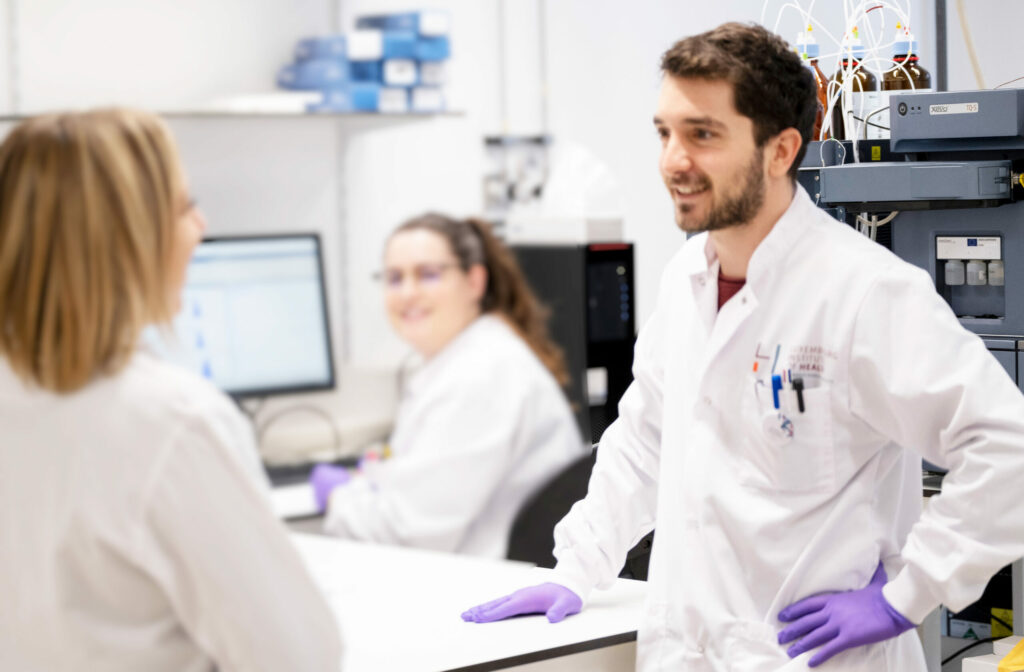
Job vacancies
There are no jobs matching this page at the moment. You can view all jobs via the button below.

